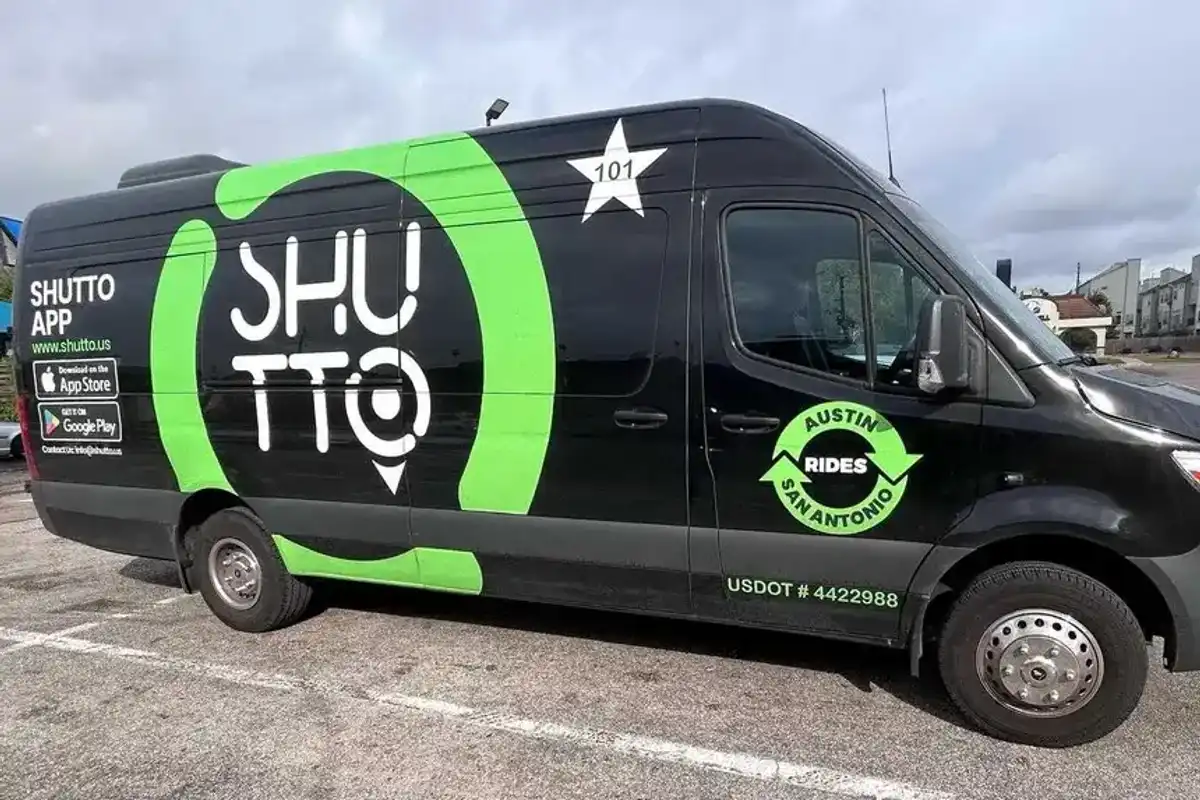Rice University startup competition awards record $2.9 million in prizes
Big checks
On Saturday, over 20 organizations were prepared to write checks to entrepreneurs competing in the Rice Business Plan Competition, but the largest and richest student business plan competition doled out almost double what it initially intended to award.
Earlier this year, Rice University announced the 42 teams that would be competing for $1.5 million in prizes, but ended up giving out a record $2.9 million. While a few organizations announced they had trouble picking a single company and named two recipients, Houston-based GOOSE Society surprised everyone with almost $1 million in unexpected prizes.
"It shows the diversity in expertise and interest of our investors, and how much the quality of the deals grown at RBPC," says Samantha Lewis, director at GOOSE.
GOOSE, which is a network of investors, originally intended to provide the grand prize — a $350,000 check to the company with the top score from the judges. The 2019 grand prize winner was Vita Inclinata Technologies, a company from the Mitchell Hamline School of Law that created a technology to advance helicopter safety. On top of that, GOOSE investors tacked on five more prizes.
- $300,000 to Resonado, a more efficient speaker design company, from the University of Notre Dame
- $200,000 to Rhaeos, a medical device company that has a wearable sensor for neurosurgical patients, from the Northwestern University
- $200,000 to spotLESS Materials, a company that created a repellant coating material, from Penn State University
- $125,000 to CataLight, a more sustainable water filtration system company, from the University of Waterloo
- $100,000 to BrewBike, a campus bike delivery concept, from Northwestern University and the University of Chicago
GOOSE has surprised the crowd before at past RBPC awards banquets, Lewis says, but that's usually been one or two extra prizes. This is the first year the organization has committed this much — and there's potential for these companies to receive even more.
The group now begins is true due diligence process, Lewis says, and depending on what they find, they could invest more. The 2017 winner, Pennsylvania-based Forest Devices Inc., was awarded GOOSE's $300,000 grand prize, but the company eventually received a $2 million investment instead.
Two Houston-based student teams competed in the program, but neither were named even semifinalists. Curenav from University of Houston didn't receive any prize money, but Rice's LilySpec received the $25,000 Pearland Economic Development Spirit of Entrepreneurship Prize as well as the $1,000 Mercury Fund prize and the $1,000 Orrick Awards Banquet Company Showcase Prize.
The 19th annual contest named seven finalists according to the judges' top scores — all receiving over $100,000 in prizes each.
- First place: Vita Inclinata Technologies (won a total value of nearly $700,000)
- Second place: Resonado (won more than $300,000 )
- Third place: spotLESS Materials (won more than $360,000)
- Fourth place: Rhaeos (won more than $450,000)
- Fifth place: Zilper Trenchless, which developed a way to install pipes under streets with minimum effect on the surface, from the Massachusetts Institute of Technology (won more than $435,000)
- Sixth place: BrewBike (won more than $100,000)
- Seventh place: CataLight (won more than $140,000)





